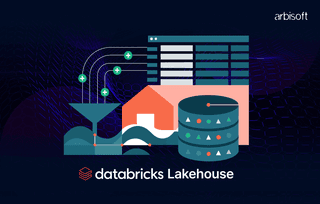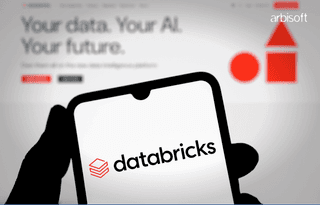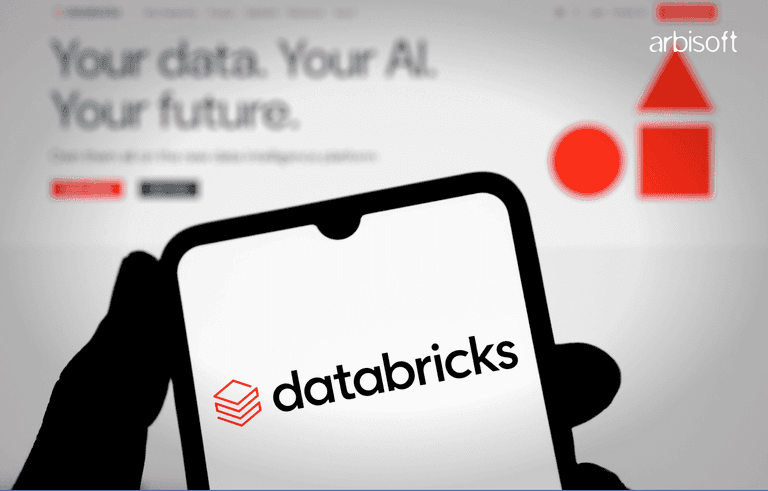We put excellence, value and quality above all - and it shows




A Technology Partnership That Goes Beyond Code

“Arbisoft has been my most trusted technology partner for now over 15 years. Arbisoft has very unique methods of recruiting and training, and the results demonstrate that. They have great teams, great positive attitudes and great communication.”
Mastering Course Creation with Open edX: Tools for Engaging Learning

From time to time, the e-learning landscape is changing and trainers are looking for more tools that help them create learner engaging and impactful learning experiences. Open edX is an all-in-one solution for educators and organizations, enabling them to meet the unique demands of contemporary learners through an extensive range of tools.
Why Choose Open edX for Course Creation?
Open edX is not another learning management system, it’s an open-source platform for innovation and accessibility. It’s open source and therefore affords creators of courses unprecedented scalability to add custom content and third-party resources. Whether you’re a teacher creating one course or a company teaching 1,000 people, the argument is open edX gets it scaled. It works for small organizations as well as for multinationals, that are able to handle a large scale of users, regardless of the volume.
The Open edX Suite: A Creator’s Toolkit
Here’s a closer look at how the Open edX suite empowers course creators:
Studio: Simplifying Content Development
Open edX Studio is the backbone of course creation, providing drag-and-drop functionality. Course Creator can easily add videos, quizzes, discussions, and more. It also allows creators to customize course design with HTML, CSS, JavaScript, and jQuery.
Moreover, the Studio is equipped with features such as self-led/instructor-led learning options and a variety of engaging components for content development. The features also include multimedia management, LTI integrations, compatibility with SCORM packages, and cohorts-based learning. The list just does not end here - to allow more flexibility, it also has a customizable grading system, certificate customization, and course import/export features to name a few.
XBlocks: Extending Functionality
Want to gamify your course or integrate interactive tools? Open edX’s XBlock directory lets the creator convert their ideas into reality. All the tools you need are available in one place, from building beautiful course designs to adding formative and summative assessments.
Open edX studio doesn’t just have traditional assessment types like MCQ and MRQ, it also offers numerous advanced assessment types like Math Expressions Input, Drag-and-Drop activity, Open Response Assessment, Image Explorer, JSME Molecular Editor, Staff Graded Assignment, Active Table, AI Coach and many more that are detailed in the Open edX XBlock Extension Directory.
Duplicate Courses: Cutting Authoring Efforts
What if you want to duplicate an entire course with small modifications rather than building it from scratch? Open edX comes with this handy feature that creators actually wish to have. You can simply duplicate a course with just one click, including its modules, multimedia, and settings.
Randomized Assessments: Anti-Cheating Method
Randomized testing is an integral part of e-learning, with many benefits in both learning and assessing learners’ skills. Learners who anticipate being given random questions tend to learn a lot more than they will memorize answers to specific questions. This also assists to understand and memorize the subject matter more effectively.
Open edX has this feature available as ‘Content Libraries’. A Content Library is a poll of different questions showcased to learners with the help of Randomized XBlock. This feature is also used for anti-cheating purposes.
Timed Assessments
The introduction of timed and proctored exams is meant to bolster the integrity of the assessment process of Open edX course assessments. For instance, completing a timed examination fosters conditions that students are bound to work under in the future and also develops focus and concentration. Additional Exam Proctoring that can be integrated into the examination tools makes the security scope wider with the use of proctored examinations because it ensures that learners follow exam rules.
Automatic/Nudge Email Messages: Helping Learners Engaged
Open edXs Redwood Release includes a new feature called Automatic/Nudge Email Messages that can help maintain learners' engagement and motivation through their course experience. This allows course teams to trigger automated, personalized emails based on what learners have—or have not—done. If, for example, a learner hasn’t logged in for a while, or has missed an important deadline, they can receive a friendly reminder. Learners who reach milestones can receive an acknowledgment. It is really about keeping in touch with your learners.
Accessibility Features
Open edX offers tools that help creators design courses accessible to all learners. It supports different languages, screen readers, and alternative text for media so no learner can be left behind.
Best Practices for Engaging Learning Experience
To maximize the potential of the Open edX suite, course creators should:
- Be Learner First: When thinking about course materials, always make it about clarity, interaction, and interactivity.
- Check Video Duration: Short videos followed by chances to practice keep students interested the best. At least 80% of the videos in the course should be less than 10 minutes long.
- Have Mobile-Friendly Video: Mobile-friendly videos can be viewed across all supported devices. Ensure that at least 90% of course videos are mobile-friendly by uploading course videos to the Open edX video pipeline.
- Use Analytics: Make use of Open edX Insights to track student engagement and change your course based on what you see.
- Implement Diverse Learning Sequences: Research shows that a varied content experience increases learner's engagement. Considering your learning sequences or subsections, more than 80% of it should include more than one content style (e.g., video, discussion, problem).
- Manage Unit Depth: Breaking up course content into manageable pieces promotes learner engagement. We recommend units contain no more than three components.
- Try XBlocks: It has fun classes, tools, and tasks that will help your students reach their learning goals.
- Iterate and Optimize: Regularly assess your course performance and student feedback in order to improve.
The Future of Learning with Open edX
Education technology & elearning solutions are actually changing the way we teach and how we learn in an industry that is continuously growing — the online course industry. Among Open edX's suite of tools, it allows instructors to create learning experiences that are both informative, interesting, and influential.
For educators and organizations who want to be the best in the e-learning sector, mastering the Open edX suite is their first step to creating transformative learning experiences. Whether you are a novice or an Optimum Opener, Open edX is your friend in delivering positive changes. The tools you need to create the difference you envision are already within Open edX.
























